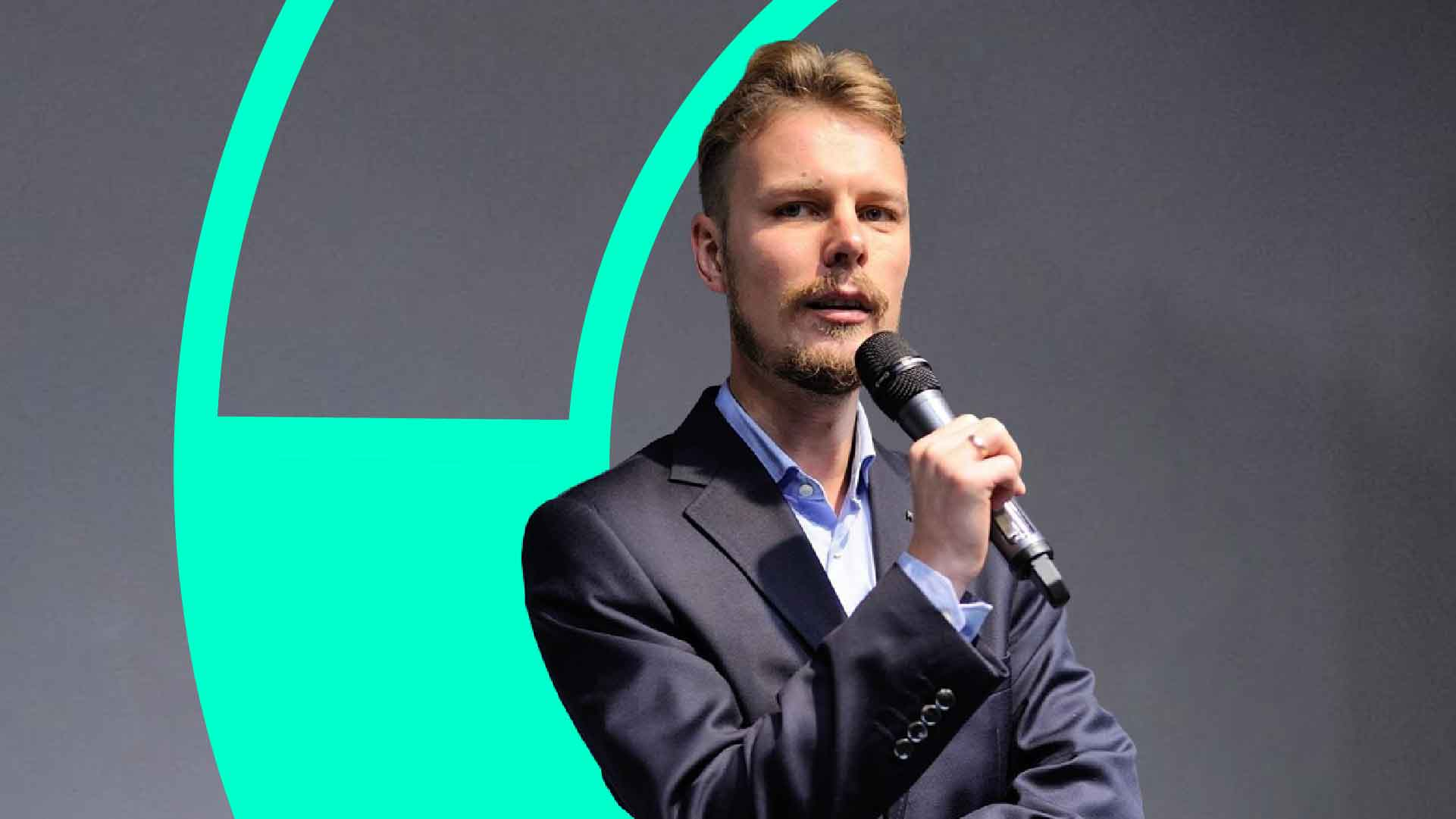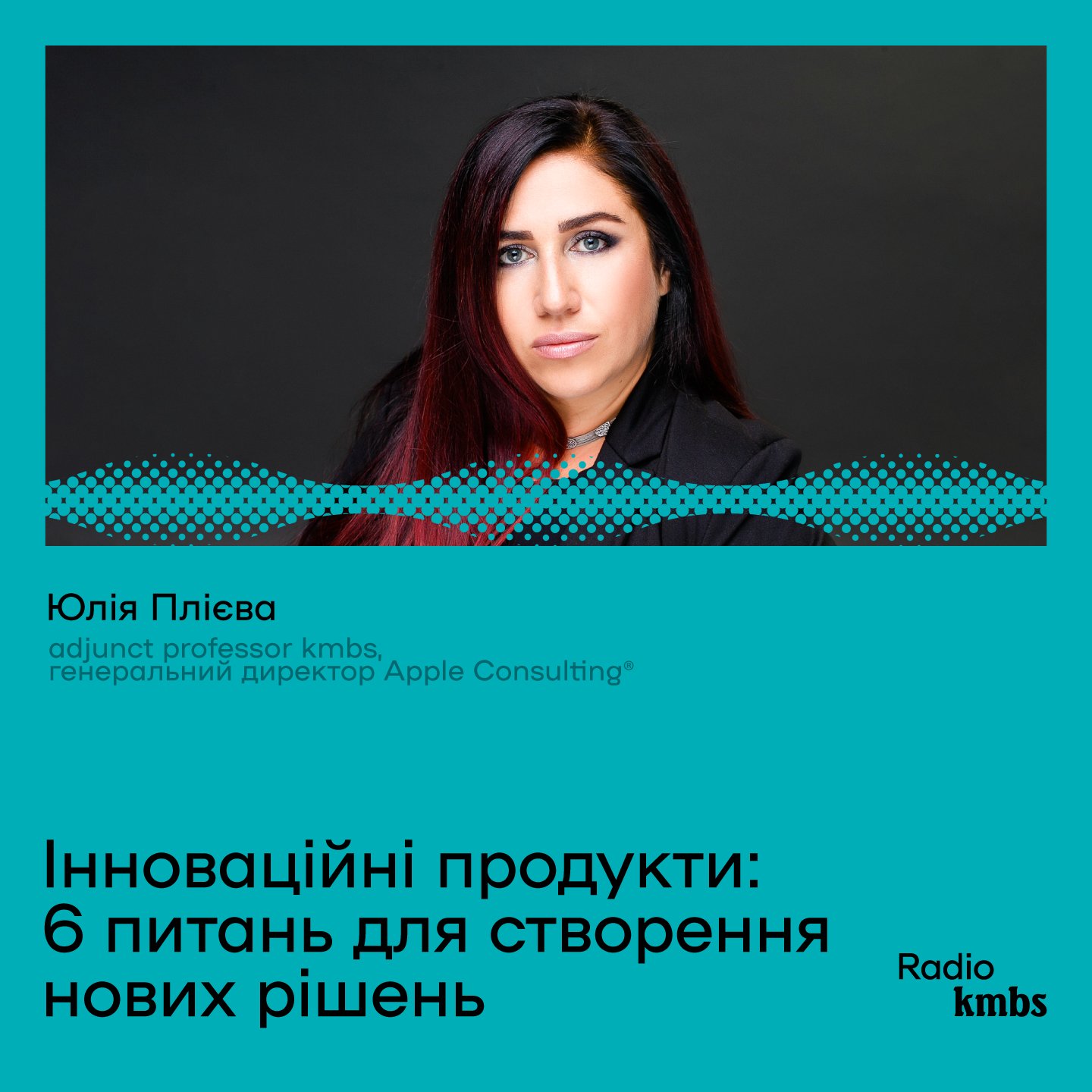From ordinary currencies to cryptocurrencies
Fiat currencies are ordinary currencies that we use. And we do it, in fact, not of our own free will but because it is prescribed by law. For example, the Constitution states that the national currency of Ukraine is the hryvnia. At the same time, no country would force us to use cryptocurrencies, so we do it of our own free will. This is the essential thing that distinguishes them from fiat currencies.
Decentralized finance has ceased to be a geek pastime since last year and has become mainstream. Scientists and practitioners are interested in them, and magazines like The Economist write about them. Decentralized finance projects now cost $ 140 billion (and more than $ 300 billion at the peak!). A year ago, that amount was only $ 1 billion.
Another fact that affects the financial sector is increased money in circulation. This figure has been growing steadily since 2008, and the pace is quite dramatic.
The basis of the blockchain
We can talk about the blockchain in two dimensions. The first is consensus-building technology, and the second is a distributed peer-to-peer network.
A hash is a code that allows you to encrypt a transaction. When we change the data, the hash changes, we can't say how the data has changed, but we can see that the hash has changed.
A blockchain is a sequential set of blocks displaying a previous hash and a newly hashed one. If you change the data in a partnership, everything that happens next will be compromised.
The blockchain is distributed, which means that the protection is the hash and the presence of copies of the blockchain in other members of the system. If one of them changes a specific block, the system decides - whose blockchain is correct (which version is more common). Nodes, and network members, exchange information automatically and constantly, so it is pretty easy to calculate which node provides incorrect information. If this happens often, the "weight" of such a node decreases.
From bitcoin to ether
In 2008, Satoshi Nakamoto said his goal was to make it possible for two parties to complete a transaction without a third party. And five years later, in 2013, the author of the Ethereum concept Vitalik Buterin announced that it is necessary to create such programming languages to form contracts instead of transactions. And, finally, to build systems that people cannot yet imagine. Thus, from the logic of transactions, Buterin moved to the reason of forming an ecosystem where many people can create products.
Thus arose the concept of smart contract, i.e., software code implemented in the blockchain to automate the execution of transactions. It is not possible to change the parameters of the intelligent contract retrospectively.
There are two common concepts - coins (coins) and tokens. The first is digital assets inherent in a particular blockchain and defined by its protocol (e.g., Ethereum, Bitcoin). And tokens are digital assets represented by a project or intelligent contract built on a specific blockchain.
We cannot create additional Ethereum (ETH) within its ecosystem or "print" it. But we can issue as many tokens as needed.
ETH itself is used to pay for online transactions. Each transaction has two parameters: gas limit and gas price. For convenience, Ethereum has been divided into 1 million "kopecks," called Gwei.
If the transaction is small (transfer 1 ETH from one wallet to another), there will be little data. Therefore, the gas limit will be low. And suppose the transaction is complicated (for example, to exchange 1 ETH for 1000 USDT tokens through a smart contract on a decentralized exchange and with some additional conditions). In that case, the gas limit will be high. It will take many bytes to write such a transaction.
If you imagine that "gasoline" (gas) is in short supply, people will start offering more. And the one who will pay the most will get "petrol." The same happens with the blockchain: there is an auction for each block. Who will pay more? The transaction will be the next.
When a person wants to sell ETH, the smart contract must accept ETH with the parameters: amount, rate, and expiration date. For example, a seller wants to pay 1 ETH for 3000 USDT. Smart contracts always work in the logic of "if" ("if you receive more than 3000 USDT, then send 1 ETH to the buyer"), and all these conditions are written in the blockchain. Therefore, it is impossible to "throw" the buyer or seller.
A smart contract is also an intermediary in a transaction. But its role is much smaller than in the case of a traditional bank.
Exchanges through which transactions take place are centralized (operating under the supervision of government agencies and working with both fiat currencies and cryptocurrencies) and decentralized (dealing only with cryptocurrencies and not yet regulated by the state). In the first case, the "matching" of buying and selling takes place on the exchange servers, so it is faster. And on decentralized exchanges, everything is sold through intelligent contracts.
Another critical concept in decentralized finance is stablecoin, i.e., a token with a stable exchange rate against a particular fiat currency or another asset (such as gold). It can also be centralized (issued by a specific issuer) or algorithmic (based on a smart contract).
Decentralized finance
DeFi is an ecosystem of decentralized financial applications (Dapp), a set of smart contracts with interfaces that allow you to sign transactions and conduct them through a blockchain. Strategic management is performed by the founders of communities that vote for specific issues. The basic principles of DeFi are open source, transparency, and accessibility for everyone.
The capitalization of the DeFi market as of April 1, 2022, was $ 57 billion, slightly declining due to market anxiety and uncertainty about the future policy of the US Federal Reserve.
Types of assets: from gold to NFT
All assets can be divided into four categories according to palpability / non-palpability and substitutability/irreplaceability. For example, gold is an interchangeable and tactile asset. A work of art is irreplaceable but also tactile. Tokens are non-palpable but replaceable, and NFT is irreplaceable and non-palpable. NFT is a digital asset that is unique and inseparable and is recorded in a blockchain.
NFT - these sometimes funny pictures of dubious value - have become a pass to the world of people who believe in cryptocurrencies and blockchain. But in reality, NFT is not only about the emotional but also about the rationale. For example, they are already used in loyalty programs and financial instruments and are intellectual property.
NFT can be not only virtual but also physical (a good example is a brand with a "Russian warship").
Investment strategies
Any strategy consists of investment hypotheses. For example, the cryptocurrency will depreciate, or the price will decrease or increase. Accordingly, your decisions will be based on these hypotheses. What is the role of DeFi in this? Decentralized finance makes strategies previously available only to exchanges available to any user.
When asked which cryptocurrencies to invest in, I always answer: invest in yourself. Read, learn, become part of the community - and then you will be able to understand what currency to invest in. And, of course, do not forget about the ratio of risk and return.










